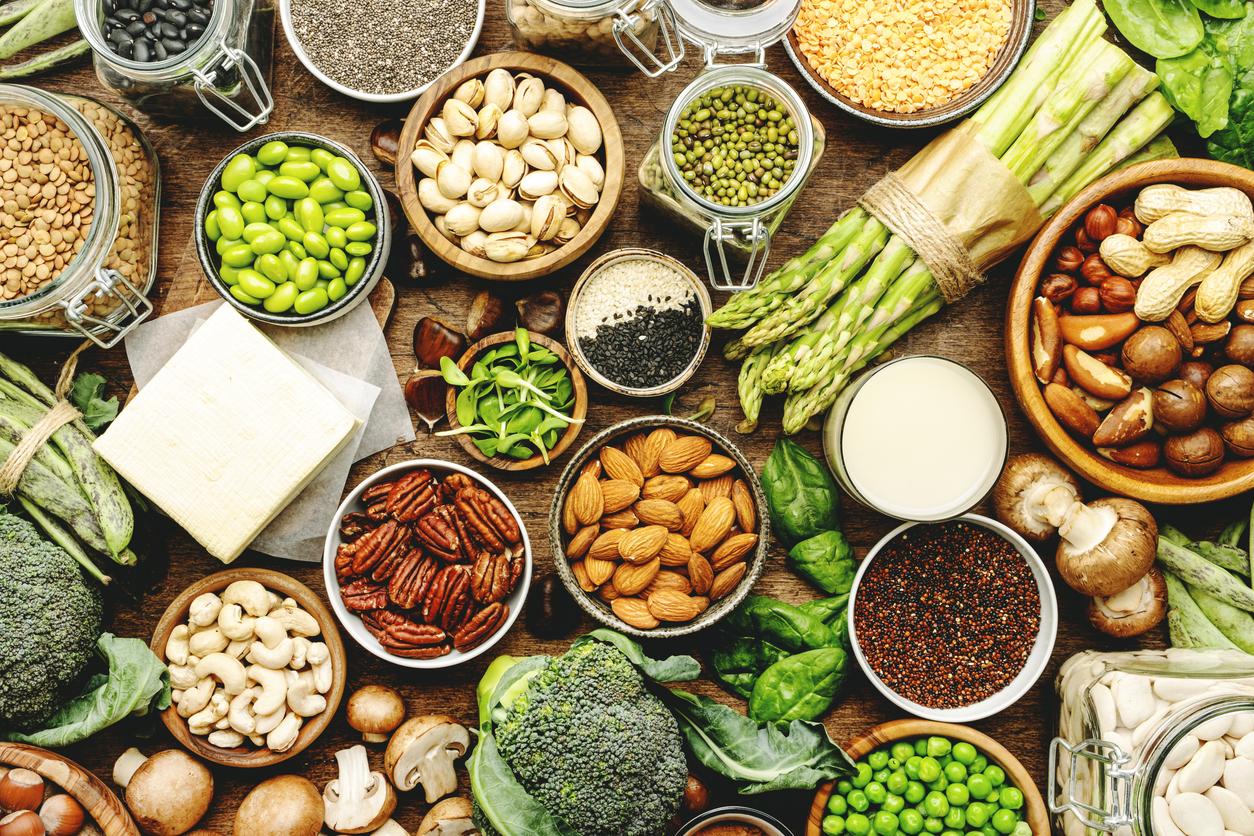The recommendation on the consumption of 5 fruits and vegetables per day is validated by a new study which even specifies the optimal proportions for a benefit in terms of health and longevity.

- The National Health Nutrition Program recommends consuming 5 fruits and vegetables a day
- A study of 2 million people states that eating 2 servings of fruit and 3 servings of vegetables provides the most benefits
This is THE recommendation of the National Health Nutrition Program: consuming five fruits and vegetables every day is a guarantee of good health. But according to a study published in the journal of the American Heart Associationthe real recipe for a longer life is very precisely to consume two servings of fruit and three servings of vegetables every day!
This optimal quantity was defined from the analysis of data from two studies on more than 100,000 adults followed for 30 years, data grouped with those from 26 other studies including approximately 1.9 million participants from 29 countries distributed in the whole world. Suffice to say that the panel is large enough to be significant… And the results are clear: eating five servings of fruit and vegetables every day is indeed associated with a lower risk of death, but it is the daily consumption of two servings of fruit and three servings of vegetables which is associated with the greatest longevity.
Studies that cover 2 million people
These works, if they add this precision on the optimal quantity, confirm the interest of the PNNS recommendation. The analyzes of all these studies, which therefore focused on 2 million people, show that compared to those who consume only two servings of fruit and vegetables a day, those who consume five have a lower risk of death from all causes. 13%, a 12% lower risk of cardiovascular disease, a 10% lower risk of death from cancer and a 35% lower risk of death from respiratory disease!
“Despite recommendations on five fruits and vegetables a day that come from groups like the American Heart Association, consumers are likely receiving inconsistent messages about what defines the optimal daily intake, the recommended amount, and which foods to include or avoid. rule out,” said Dong D. Wang, lead author of the study.
Not all fruits and vegetables offer the same benefits
His work, in addition to defining the ideal distribution of fruit and vegetable portions, therefore also specifies the benefits that certain foods bring – or not – since not all those included in the “fruits and vegetables” category offer the same benefits. Thus, starches such as peas or corn, potatoes and fruit juices are not associated with a reduced risk of death or chronic disease. On the other hand, green leafy vegetables, spinach, lettuce, kale and fruits and vegetables rich in beta-carotene and vitamin C such as citrus fruits, berries and carrots decrease this risk.
Here are some very concrete elements to ideally fill one’s plate… even if the authors of this study warn that this is observational work which, if it shows an association between the consumption of fruits and vegetables and the risk of death, “does not confer a direct causal relationship”.
.














